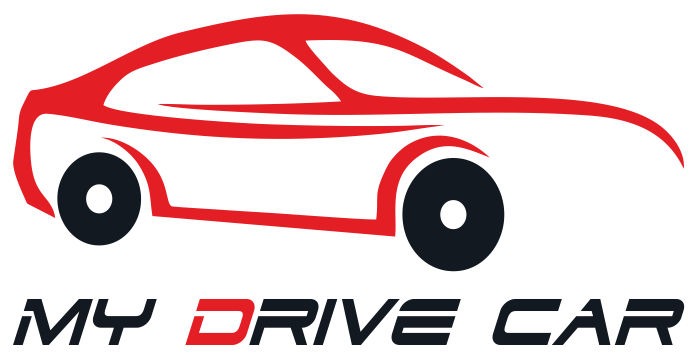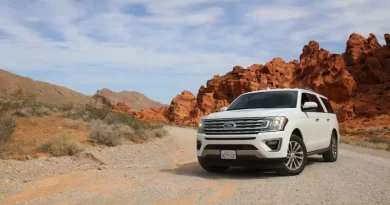How to Stay Safe if You Lose Control of Your Car
Poor weather conditions have proven to be one of the primary reasons that a driver loses control of their car. Rain and snow can cause roads to be treacherously wet, which can cause drivers no end of troubles. Apart from natural factors, a driver may also lose control of their vehicle because of sudden mechanical or technical problems. The reasons for a loss of control may vary, but we’re here to make sure you have the techniques needed to remain in control of your vehicle under any circumstances.
Tips to Stay Safe If You Lose Control of Your Car
Losing control of your car can be a terrifying experience. We’ve put together this short guide to help you stay safe if you feel things escalating out of your control. Keep in mind that if you experience a collision due to a vehicle flaw or defective road design, a car accident lawyer in Houston may be able to assist you. As soon as you sense a potential problem, you should:
Stay Calm
We understand that it’s natural to feel scared as you begin to lose control of your vehicle. However, you cannot let panic conquer your mind, as you can still take control of the situation safely.
Don’t Slam on the Brakes
In order to regain control over the car and prevent a collision, you may be tempted to slam on the brakes to bring your car to a stop. Believe it or not, doing so can actually make the situation worse. If you’re on a wet or icy road, you may spin out or veer uncontrollably to one side. Similarly, if you are experiencing problems with your anti-lock braking system (ABS), you may be unable to control your direction of travel.
Instead of forcefully hitting the brakes, gently apply pressure to the brakes for a few seconds and see if your car begins to slow down. If the car responds as usual, bring the vehicle to a gradual stop and pull off the road when it is safe to do so.
Keep Your Hands on the Wheel
Never let go of the steering wheel. You want to be able to steer the vehicle so that you can avoid other vehicles, possible obstructions, and anything else that could pose a threat. If your car is drifting to one direction, sliding, or skidding, do not overcompensate by jerking the wheel violently the opposite way. This can make your car skid or even roll over.
Do Not Accelerate
This seems like a no-brainer, but you should absolutely not speed up if you are struggling to maintain control of your car. Be careful not to accidentally hit the gas instead of the brakes as you try to coax your vehicle to a stop.
If You’re Skidding, Gently Correct Your Car’s Direction
As we discussed earlier, you do not want to attempt to violently wrench the wheel to one side to counter a slide or skid. Gently turn your steering wheel to gradually correct your vehicle’s course, while simultaneously applying the brakes periodically to bring your car down to a safer speed.
Apply the Emergency Brake
If all else fails and you’ve lost control of your vehicle’s brakes, you can apply the emergency brake in a pinch. Keep in mind that the emergency brake is not meant to stop a vehicle that is moving at full speed, but it may help reduce your car’s speed. If you need to apply the emergency brake, be prepared to control your car if you begin to drift. Take your foot off the gas and let your vehicle coast to a stop after applying the emergency brake.
Staying Safe on the Roads
We hope that this article helps you stay safe the next time you get behind the wheel. Remember to always stay calm, even if an emergency does arise. Keep your cool, do your best to steer safely, and gradually bring your vehicle to a stop with gentle braking. Following these steps should protect you and your car.




